In the rich tapestry of African culture, traditional hairstyles hold a profound significance.
These styles, often seen as symbols of identity, pride, and heritage, are lovingly passed down through generations.
Grandmothers play a pivotal role in preserving these cultural treasures, teaching their granddaughters the intricate art of traditional African hairstyling.
This blog post explores 17 such enchanting hairstyles, each with its own story and unique beauty, reflecting the diverse heritage of the African continent.
From the elegant braids of West Africa to the elaborate buns of East Africa, these hairstyles continue to captivate and inspire.
Fulani Braids
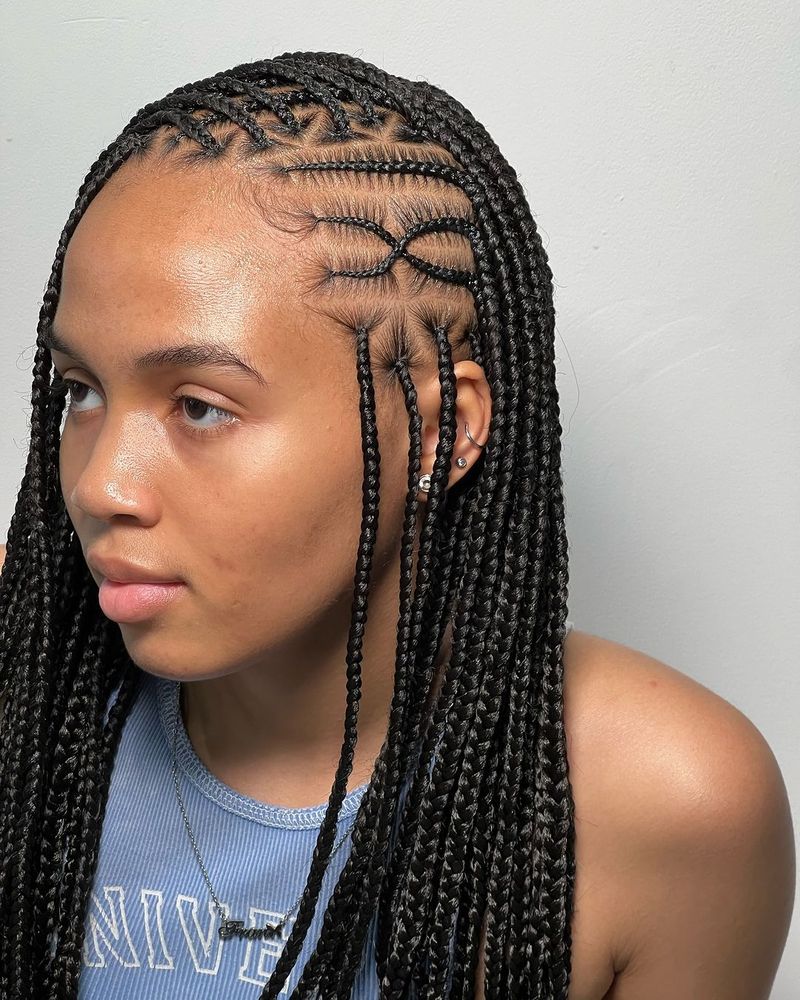
Fulani braids, characterized by their distinctive patterns and embellishments, are more than just a hairstyle; they are a cultural statement.
This style includes cornrows with beads and cowrie shells, often seen in the Fulani tribes of West Africa. Each braid carries a piece of history, reflecting tribal affiliation and personal style.
The intricate patterns serve as a testament to the skill and patience involved in creating this look.
Teaching young girls this art is a cherished tradition, ensuring cultural continuity. Fulani braids remain a vibrant way to express one’s identity.
Bantu Knots
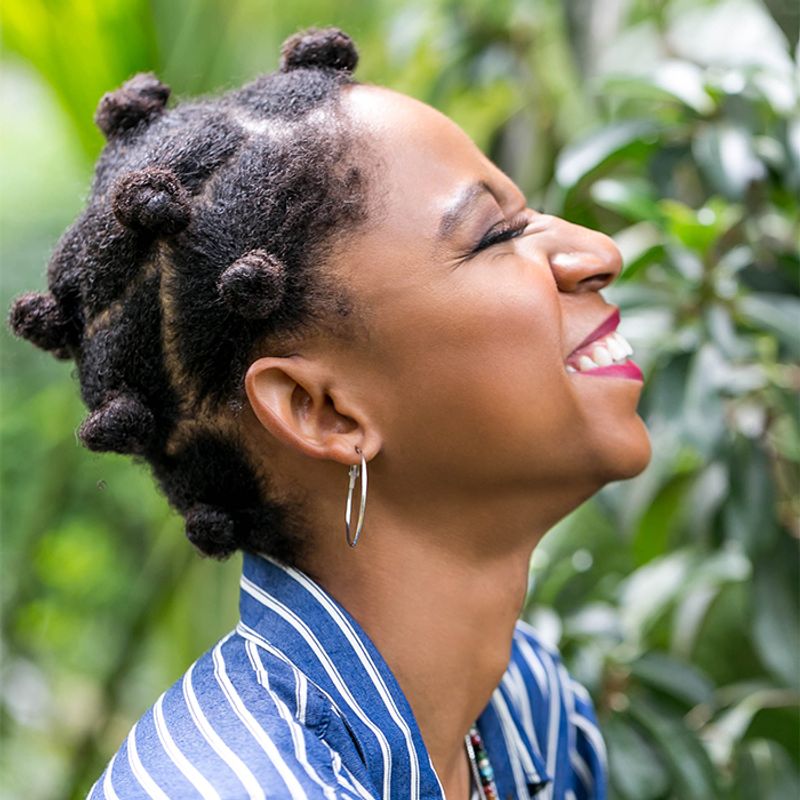
Bantu knots are not only a protective hairstyle but also a cultural emblem. Originating from the Bantu-speaking peoples of Africa, these coiled knots stand as a symbol of unity and strength.
Each knot is neatly sectioned, twisted, and wrapped into a small bun, creating a striking geometric pattern.
Grandmothers often share tales of empowerment while styling these knots, weaving stories of resilience and community.
Bantu knots are celebrated for their versatility and elegance, often worn at cultural festivals. They continue to be a favorite among those looking to embrace their roots with pride.
Maasai Beaded Braids
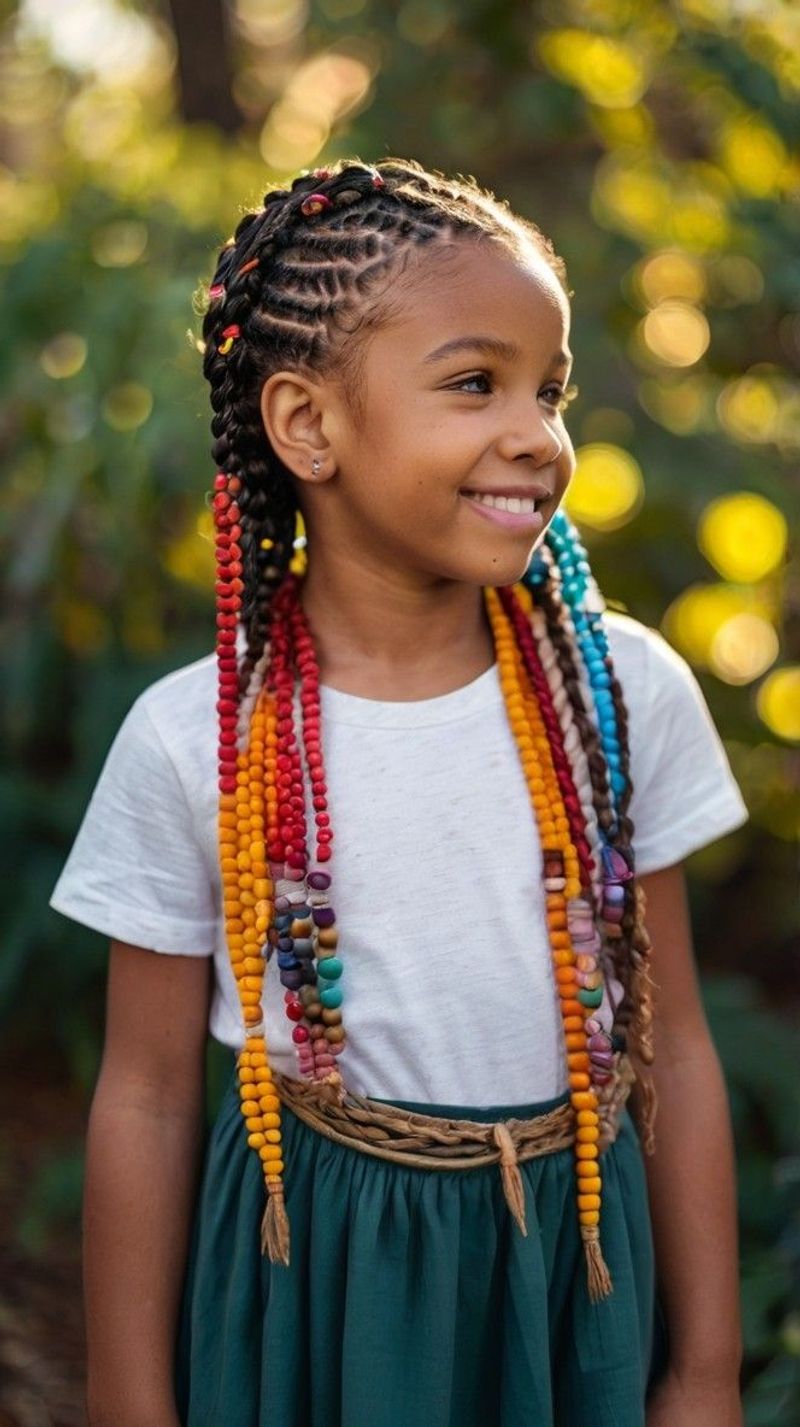
The Maasai beaded braids are a vibrant testament to the artistic flair of the Maasai community.
Each braid is meticulously adorned with colorful beads, representing various aspects of life such as age, marital status, and wealth. These beads are not mere decorations; they are a language of their own.
Grandmothers impart the techniques of braiding and beading, ensuring the younger generation understands the cultural significance.
The Maasai style is both a personal and communal expression, capturing the essence of beauty and tradition. Such hairstyles are worn with pride during ceremonies and gatherings.
Cornrows
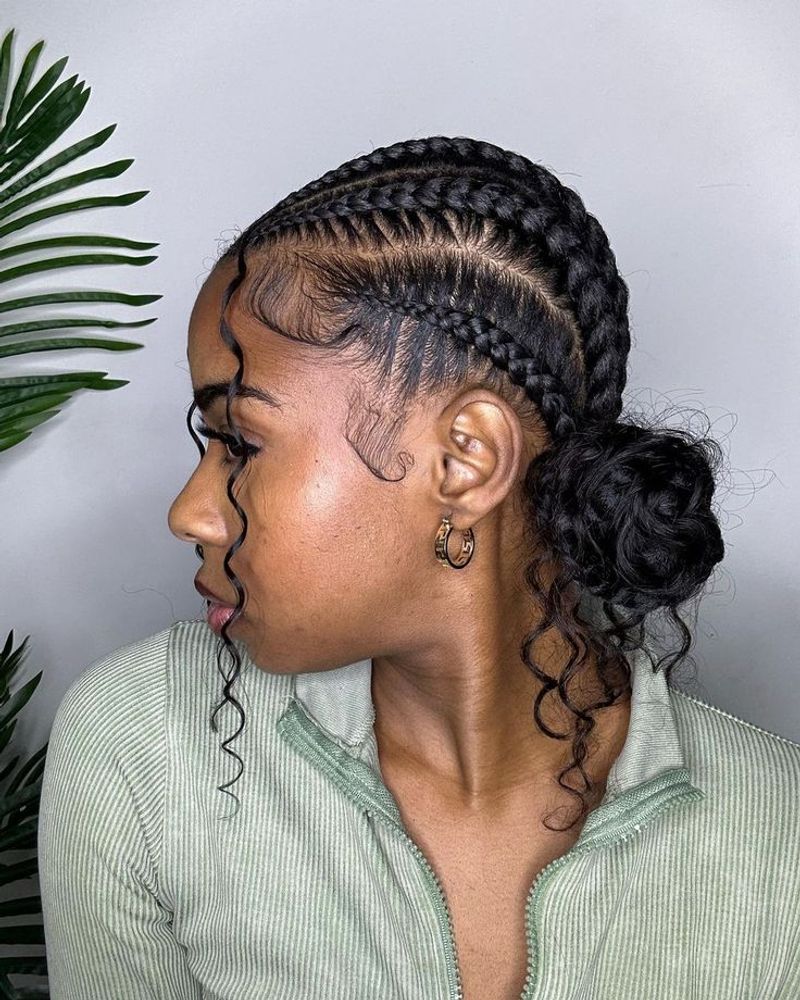
Cornrows, with their intricate and linear designs, have been a staple in African hair culture for centuries.
These tight, close-to-the-scalp braids are not only stylish but also functional, keeping hair neat and tangle-free.
The art of cornrowing is traditionally passed down from grandmother to granddaughter, each braid telling a story of heritage and identity.
These patterns can range from simple lines to complex geometric shapes, each with its own meaning. Cornrows are a celebration of African ancestry, worn proudly by those who embrace their heritage.
Zulu Topknot
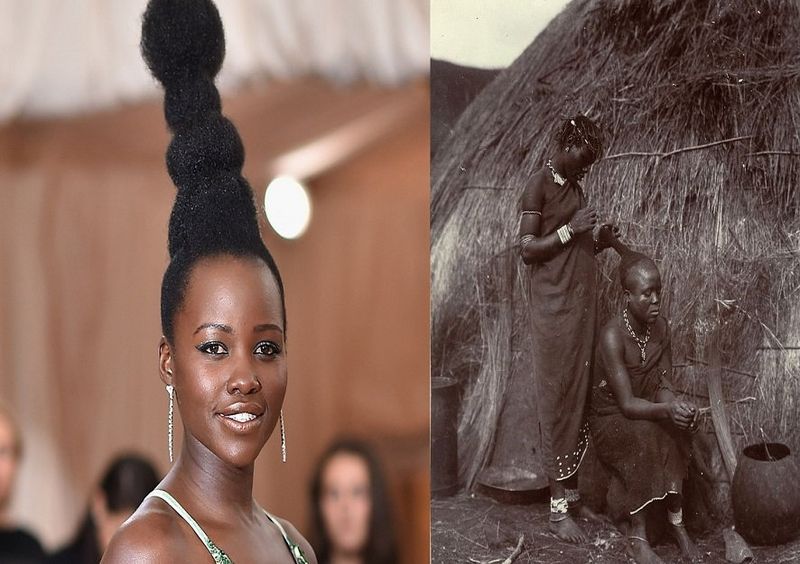
The Zulu topknot is a distinctive hairstyle that holds cultural significance among the Zulu people of South Africa.
This style involves gathering the hair at the crown and securing it, often adorned with traditional headbands or ornaments.
Grandmothers teach the importance of this style, often worn during cultural ceremonies and rites of passage. The topknot symbolizes status and pride, reflecting the wearer’s place within the community.
Its elegant simplicity is both a tribute to tradition and a timeless fashion statement. Passed down through generations, it remains a cherished emblem of Zulu culture.
Himba Red Ochre Braids
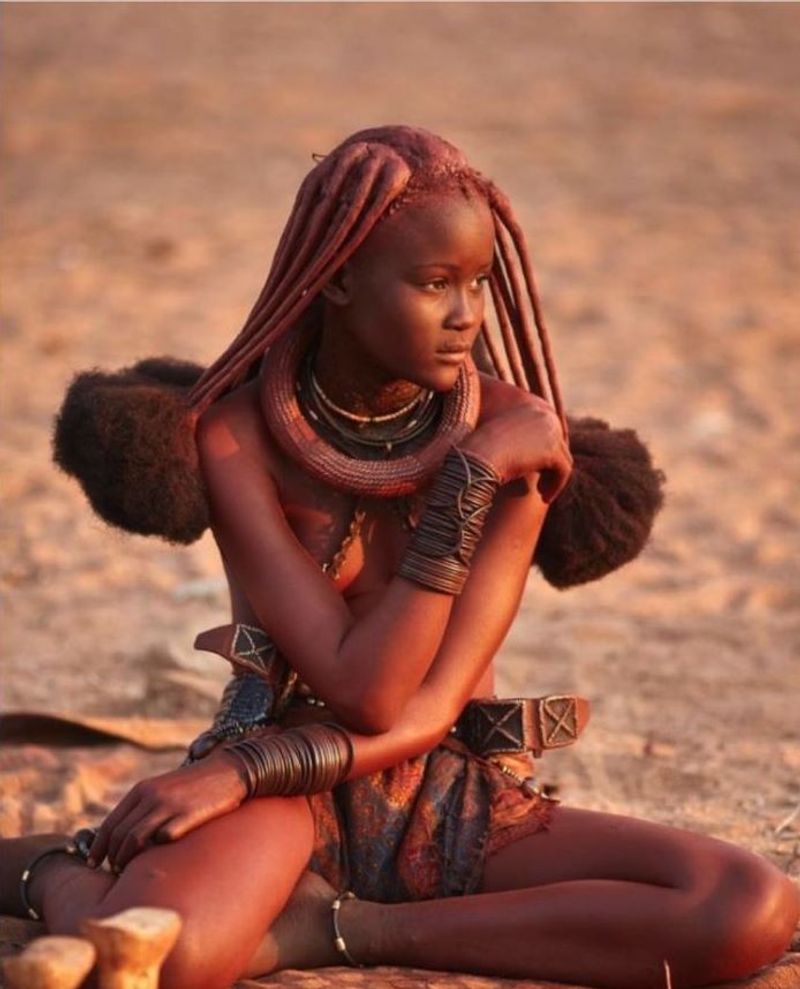
Himba red ochre braids are a stunning and unique hairstyle specific to the Himba people of Namibia.
The distinctive red hue comes from a mix of ochre, butter, and herbs, applied to the braids, giving them a fiery appearance.
This tradition, passed from grandmother to granddaughter, represents beauty and social status.
The red ochre, or otjize, is a symbol of earth and blood, connecting the Himba to their land and ancestors. Each braid is crafted with care, embodying cultural pride and individuality.
The vibrant color and intricate design make this style both timeless and iconic.
Shuku

The Shuku hairstyle, originating from the Yoruba people of Nigeria, is a beautiful and revered style that involves braiding the hair into an updo at the crown.
Traditionally worn by queens, this style exudes elegance and prestige.
Grandmothers teach the art of Shuku braiding, ensuring its legacy continues. The hairstyle is often adorned with beads and cowrie shells, adding a touch of personal flair.
It is a popular choice for weddings and cultural events, embodying grace and cultural pride. Shuku remains a powerful symbol of Yoruba heritage, cherished by those who wear it.
Amasunzu
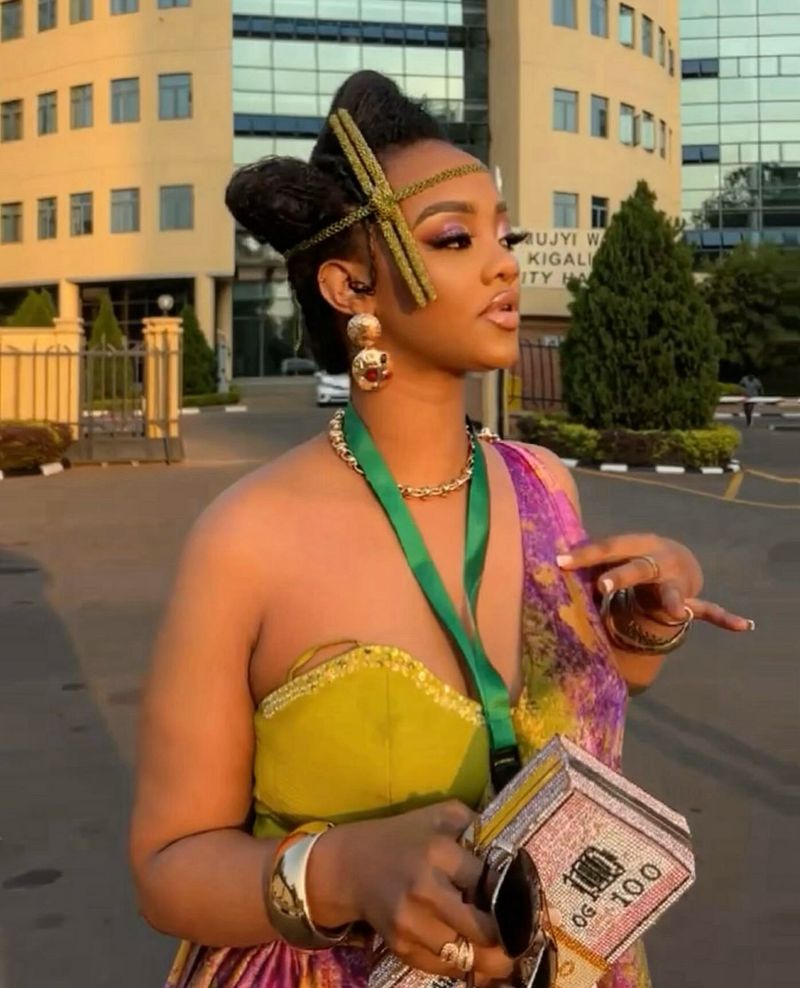
Amasunzu is a traditional Rwandan hairstyle known for its intricate crescent-shaped patterns.
Historically, it served as a marker of social status and was often worn by young men and women to signify readiness for marriage.
Grandmothers pass down the craft of creating these unique patterns, each design a piece of art.
The Amasunzu style is both a personal and cultural expression, reflecting beauty and identity. Worn with pride during ceremonies, it continues to be a cherished emblem of Rwandan culture.
This style is a testament to the ingenuity and creativity of Rwandan hairstyling traditions.
Wodaabe Braids
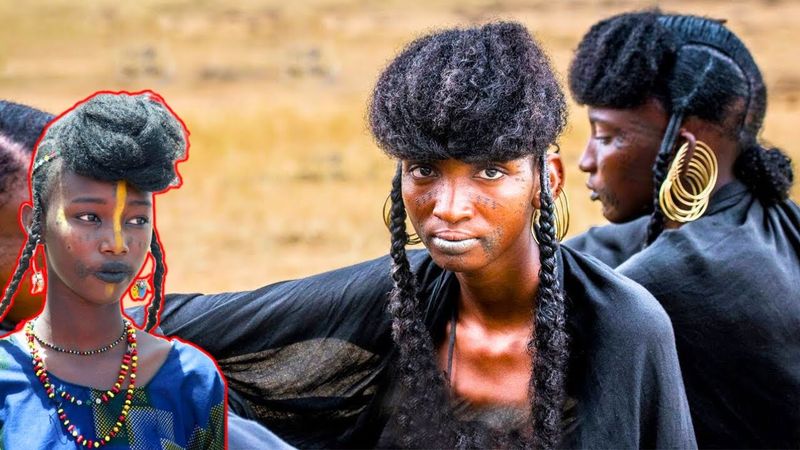
The Wodaabe Braids are a testament to the nomadic lifestyle of the Wodaabe people of Niger. These long, straight braids are often adorned with cowrie shells, symbolizing beauty and wealth.
Wodaabe women meticulously braid their hair, a skill passed down through generations. Grandmothers play a crucial role in teaching young girls the art of braiding, ensuring that the tradition thrives.
Each braid tells a story, and the addition of cowrie shells enhances this narrative, linking the wearer to their ancestors. Wodaabe Braids are more than a hairstyle; they are a living heritage that continues to evolve.
Gele
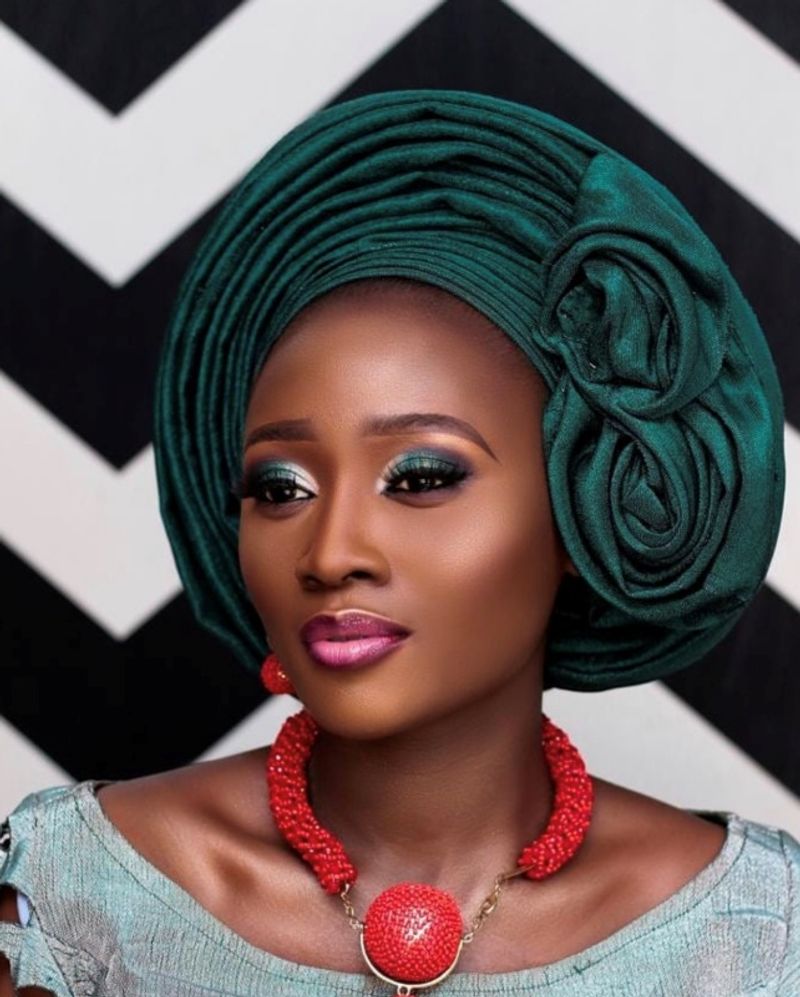
The Gele is not just a hairstyle but a cultural phenomenon in West Africa, particularly among the Yoruba people.
It involves wrapping a long strip of fabric into an elegant headpiece, often worn at weddings and special occasions.
Grandmothers teach the art of tying a Gele, each style reflecting the wearer’s creativity and status. The headwrap is a symbol of sophistication and cultural pride, adding flair to any attire.
Its vibrant colors and intricate folds make it a statement piece, celebrated for its beauty and heritage. The Gele remains a timeless accessory in African fashion.
Dreadlocks
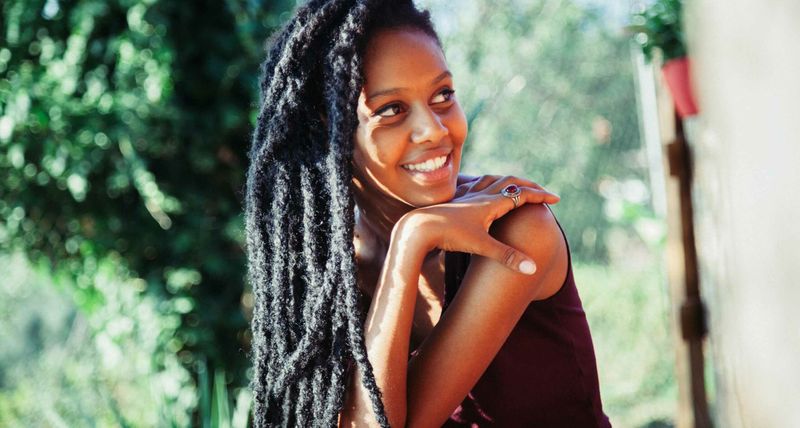
Dreadlocks, or locs, hold profound cultural significance within various African communities and the Rastafarian movement.
This natural hairstyle involves matting hair into rope-like strands, symbolizing strength, spirituality, and identity.
Grandmothers often share their wisdom on maintaining dreadlocks, emphasizing the cultural heritage they embody. Each lock is a testament to patience and individuality, reflecting the wearer’s journey.
Dreadlocks are celebrated for their natural beauty and spiritual connection, continuing to inspire those who choose to wear them. This style remains a powerful symbol of self-expression and cultural pride.
Twists
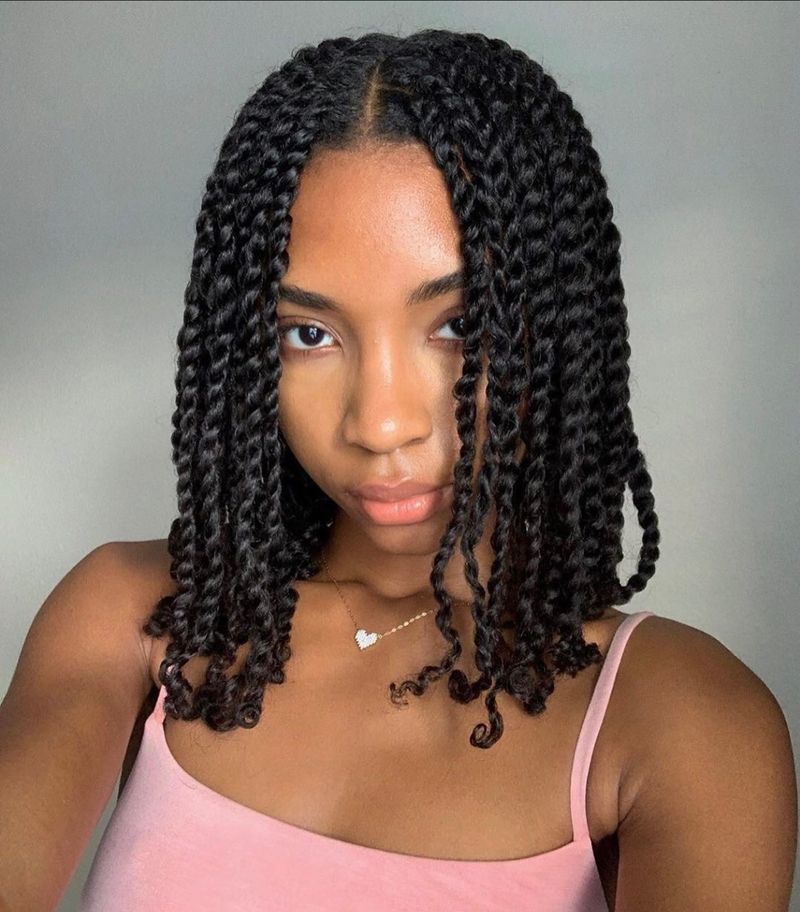
Twists are a versatile and popular hairstyle throughout Africa, known for their elegance and ease of maintenance. This style involves twisting two strands of hair together, creating a neat and textured look.
Grandmothers often teach this technique, sharing stories of its versatility and beauty. Twists are celebrated for their adaptability, suitable for both casual and formal occasions.
They continue to be a favored choice for those looking to embrace their natural hair texture. This style embodies simplicity and grace, cherished by those who wear it as a symbol of cultural pride.
Afro
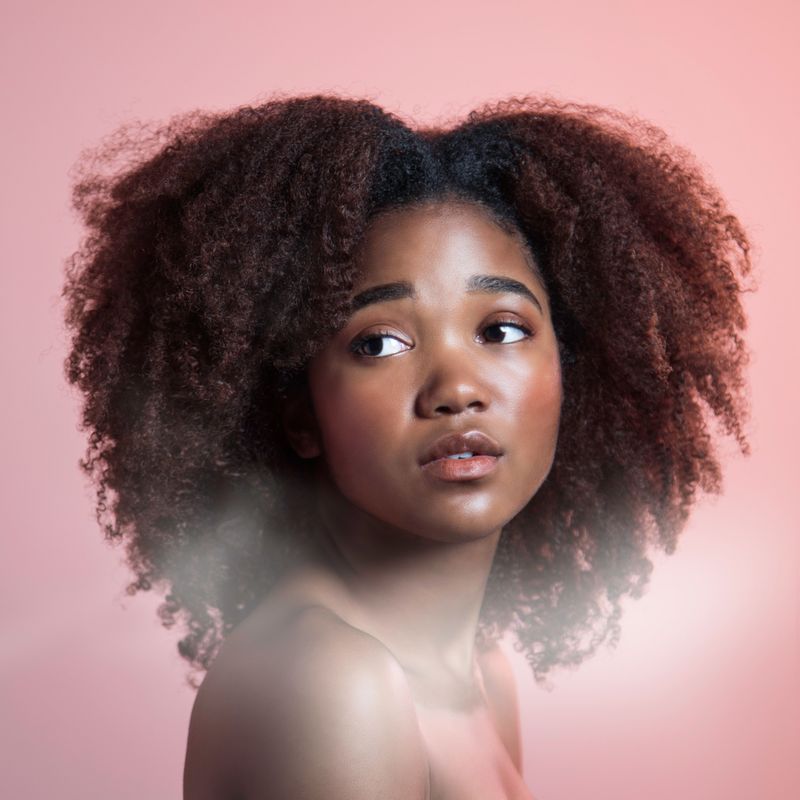
The Afro is a bold and iconic hairstyle that celebrates natural hair texture and African identity. This style involves growing the hair out into a full, rounded shape, highlighting the beauty of natural curls.
Grandmothers often encourage the embrace of natural hair, teaching the maintenance and care of an Afro. This hairstyle became a symbol of the Black Power movement, representing pride and resistance.
The Afro continues to inspire those who wear it, serving as a powerful statement of self-love and cultural heritage. Its timeless appeal lies in its celebration of natural beauty.
Krobo Braids
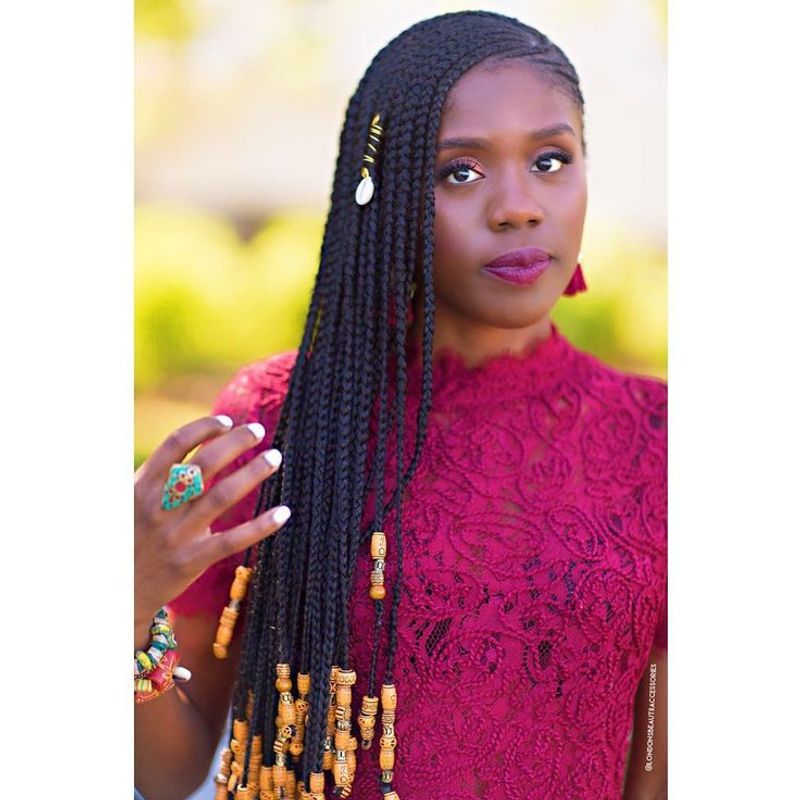
Krobo braids are a distinctive and intricate hairstyle from the Krobo people of Ghana. These braids are known for their unique patterns and the incorporation of beads and colorful threads.
Grandmothers pass down this art, teaching the younger generation the cultural significance of each braid. Krobo braids are often worn during festivals and important ceremonies, symbolizing status and beauty.
The vibrant colors and complex designs make this style a captivating expression of Krobo heritage. It remains a cherished tradition, celebrated for its artistic and cultural richness.
Samburu Beaded Hair
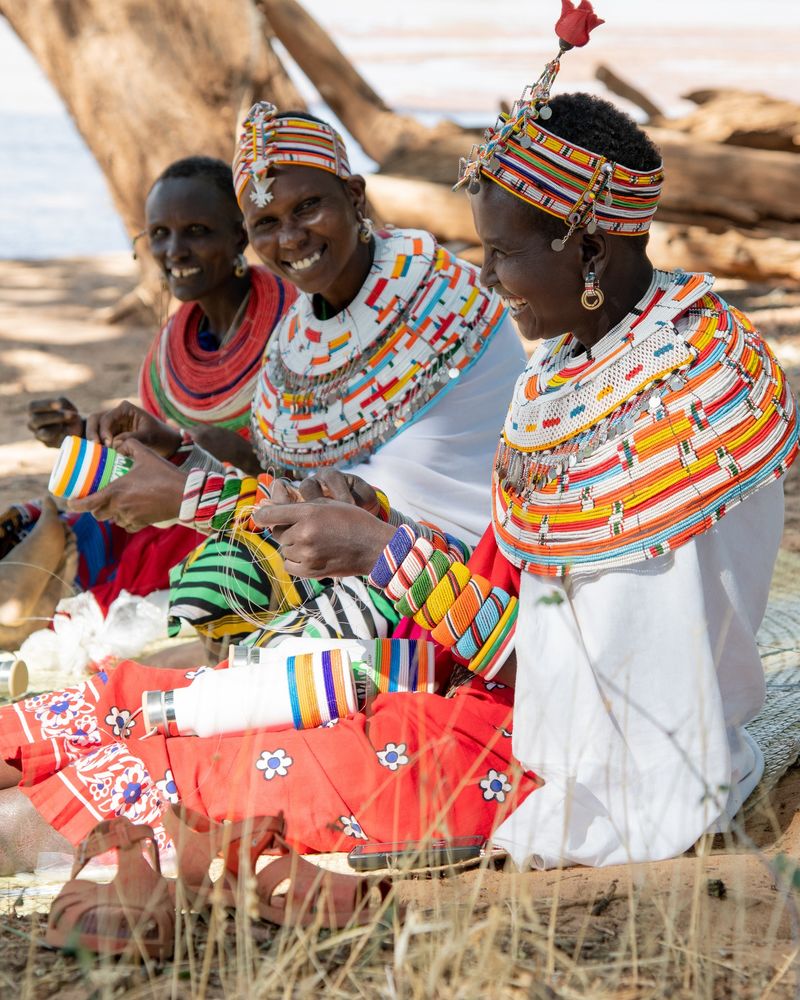
The Samburu beaded hair is a captivating style from the Samburu tribe of Kenya.
This hairstyle involves braiding hair and threading it with colorful beads, each bead carrying symbolic meaning related to age, status, and marital prospects.
Grandmothers impart the art of beading, emphasizing the importance of each color and pattern. The Samburu hairstyle is both a personal and communal expression, often worn during ceremonies and celebrations.
Its vibrant appearance and cultural depth make it a cherished emblem of Samburu identity. This style stands as a testament to the creativity and heritage of the Samburu people.
Senegalese Twists
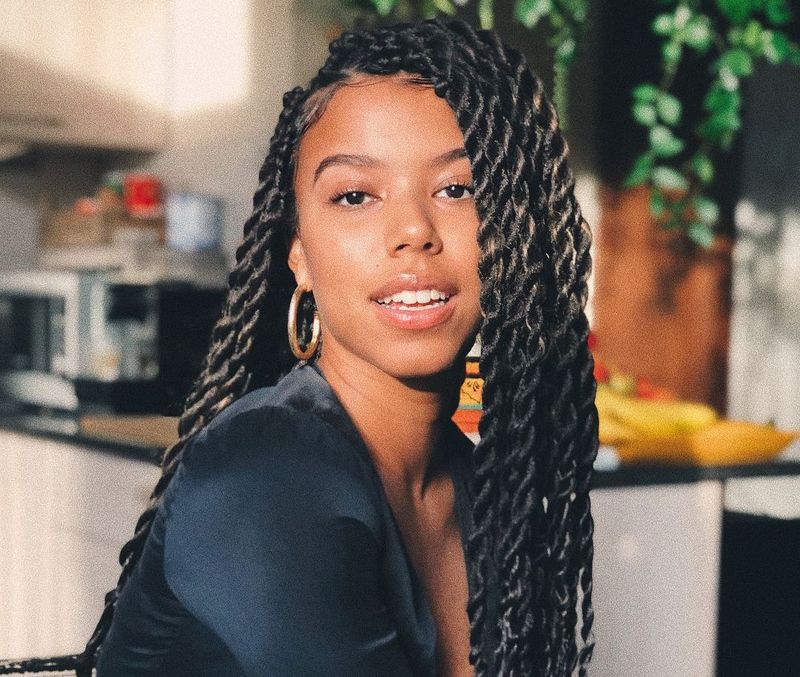
Senegalese twists, known for their sleek and smooth appearance, are a popular hairstyle originating from Senegal. This style involves twisting synthetic hair extensions with natural hair, creating long, rope-like twists.
Grandmothers teach the technique, ensuring the younger generation appreciates the beauty and versatility of this style.
Senegalese twists are celebrated for their protective qualities, often worn to safeguard natural hair.
Their elegant and polished look makes them suitable for both everyday wear and special occasions. This style continues to be a cherished choice for those embracing their African heritage.
Yoruba Irun Kiko
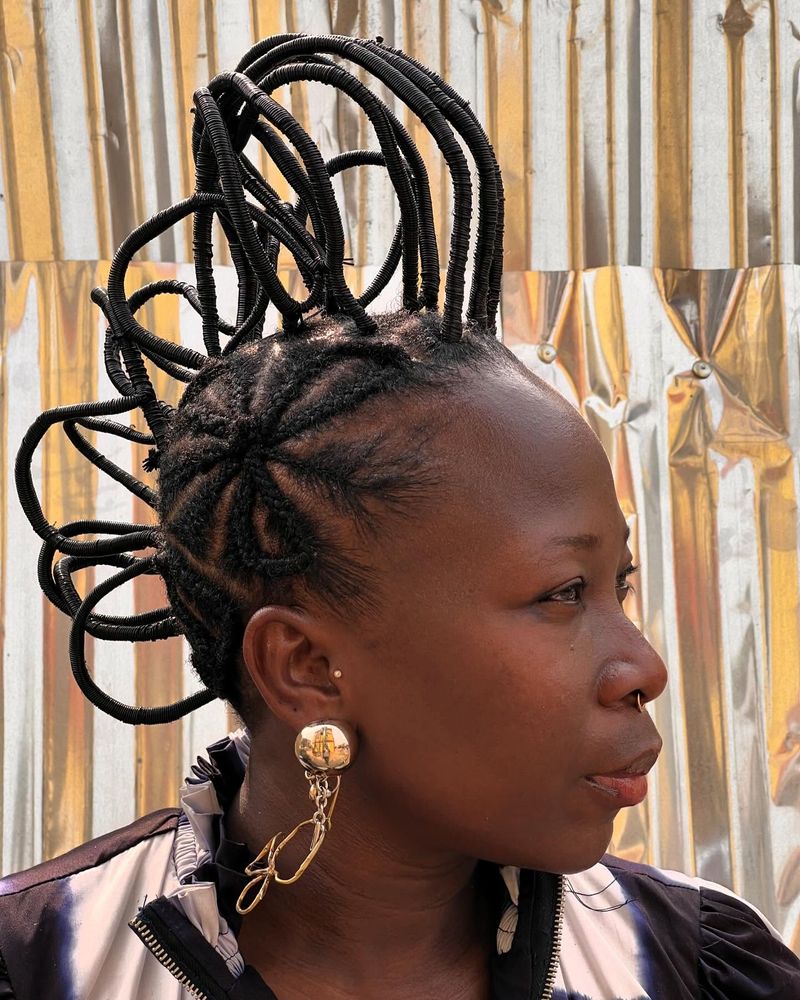
The Yoruba Irun Kiko is more than just a hairstyle; it’s a legacy. Picture a grandmother lovingly crafting each section of hair into firm knots, creating a pattern that tells a story of her lineage.
This style, known for its unique technique and cultural significance, is passed down through generations as a rite of passage.
The process involves threading and knotting, which not only beautifies but also strengthens the hair. It’s a symbol of pride, worn during significant cultural ceremonies.
Did you know? Irun Kiko is also believed to hold spiritual significance, connecting the wearer to their ancestors.
